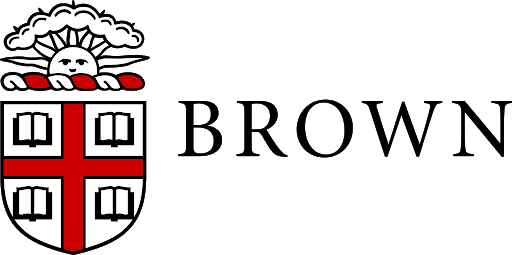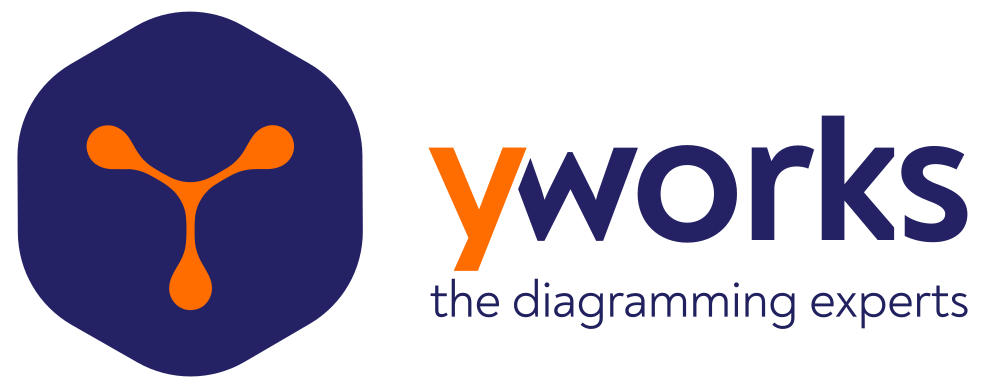Computational Aspects of Lucidity-Driven Graph Clustering
DOI:
https://doi.org/10.7155/jgaa.00203Keywords:
graph clustering , algorithms , modularity , probability space , experimental evaluation , clustering qualityAbstract
We formally state and investigate the lucidity paradigm for graph clusterings. The rationale that substantiates this concept is the trade-off between the achieved quality and the expected quality of a graph clustering. A recently defined quality measure for graph clusterings, modularity, is one specific realization of this paradigm, in fact the pioneering one. On a theoretical side, we state a sound probability space for lucidityand thus for modularity and prove that in this paradigm of lucidity, using a subtractive trade-off and either the index coverage (yields modularity) or performance leads to equivalent indices. Furthermore, we show that the NP-hardness of optimizing these indices yields the NP-hardness of the problem MINMIXEDMULTIPARTITION. Moreover, we describe an efficient maximization algorithm for a divisive trade-off between quality and expectation. We experimentally evaluate four realizations of this paradigm systematically and confirm their feasibility in a first methodic analysis of the behavior of these realizations on both artificial and on real-world data, arriving at good results of community assessment and detection.Downloads
Download data is not yet available.
Downloads
Published
2010-01-01
How to Cite
Görke, R., Gaertler, M., Hübner, F., & Wagner, D. (2010). Computational Aspects of Lucidity-Driven Graph Clustering. Journal of Graph Algorithms and Applications, 14(2), 165–197. https://doi.org/10.7155/jgaa.00203
License
Copyright (c) 2010 Robert Görke, Marco Gaertler, Florian Hübner, Dorothea Wagner

This work is licensed under a Creative Commons Attribution 4.0 International License.







